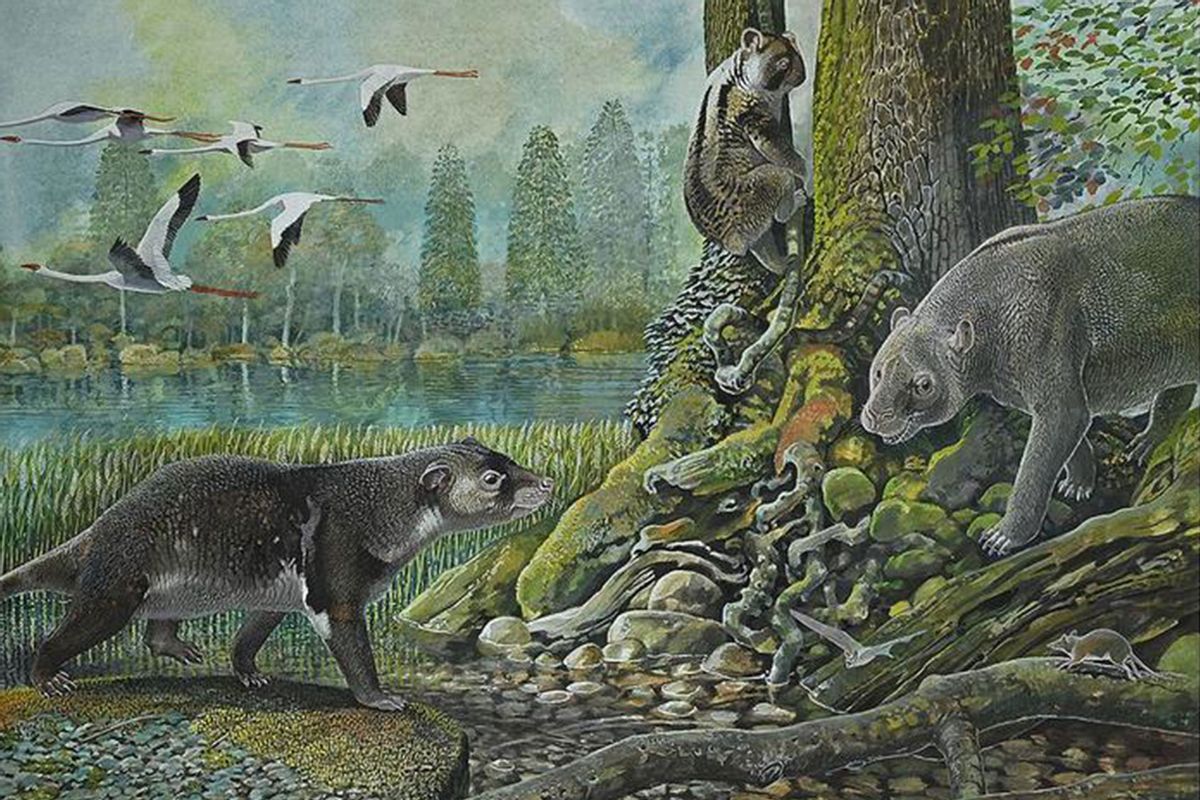New research in the journal Scientific Reports points to a missing ancestor that links koalas with other marsupials like kangaroos, possums and wombats. In the process, the scientists may have just cracked a major mystery related to evolution in Australia. Meet Lumakoala blackae, an ancient koala species believed to have lived throughout Australia 25 million years ago. A fossil of Lumakoala blackae teeth was discovered in central Australia and then genetically analyzed where it fits in the tree of life.
They concluded, as study co-author and Flinders University PhD student Arthur Crichton explained in a statement, that “Lumakoala is a member of the koala family (Phascolarctidae) or a close relative, but it also resembles several much older fossil marsupials called Thylacotinga and Chulpasia from the 55 million-year-old Tingamarra site in northeastern Australia.” In short, the teeth point to an evolutionary link between this ancient marsupial and other marsupials throughout the world, ancient and modern alike. It also fills a major gap in the fossil record, effectively extending “the diprotodontian fossil record back by 30 million years,” Crichton explained.
“These Tingamarran marsupials are less mysterious than we thought, and now appear to be ancient relatives of younger, more familiar groups like koalas,” Robin Beck, a study co-author and evolutionary biologist at the University of Salford, said in the same release. “It shows how finding new fossils like Lumakoala, even if only a few teeth, can revolutionize our understanding of the history of life on Earth.”

